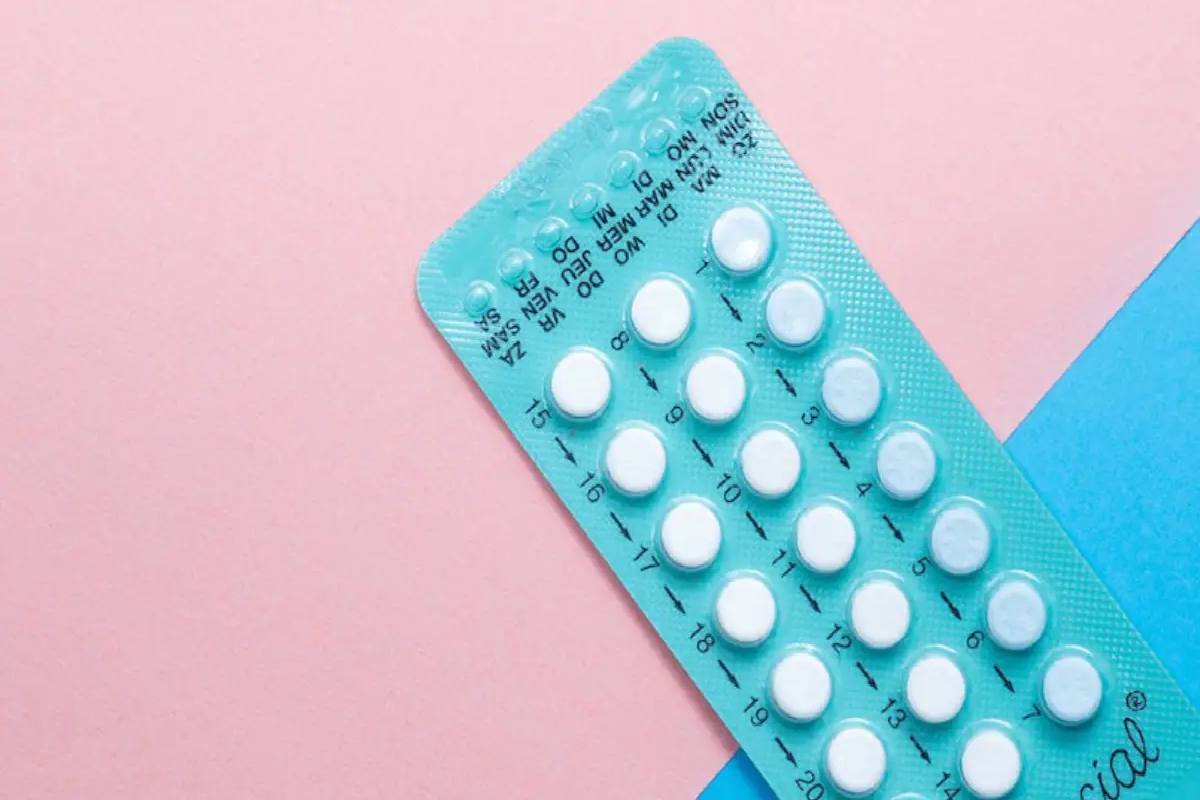Progesterone is talked about a lot when it comes to cisgender women’s reproductive health. It can also be important in transgender hormone therapy, especially for trans-feminine people. Blockers are usually what people talk about first when it comes to gender-affirming hormone therapy GAHT. But some people and their healthcare teams think about adding progesterone to the process for good changes in physical and sexual health. Thus, knowing more about it helps patients decide what is best for them with their doctor.
What Progesterone Does in the Body?
Progesterone is considered a kind of pregnancy hormone that the body makes on its own; most of it comes from the ovarian glands. It is also made in the placenta during pregnancy hormones for transgender women; it works with estrogen hormones to help with things like your reproductive health and the way you feel, and how tissues grow in the body.
- Supports the development of breast tissue.
- Works with estrogen to keep hormonal balance.
- Affects mood and how well you sleep.
- Controls reproductive cycles.
- Helps with where fat is stored in the body.
- Affects sex drive and sexual response.
In transgender healthcare, some people think about adding progesterone to their plan because it can have effects on the body. If you’re searching for reliable IV therapy near me, you can easily find local wellness clinics that offer personalized treatments to boost energy, hydration, and overall health.
Possible Benefits for Transfeminine Individuals
Although there is not much scientific research, some transfeminine people and healthcare providers say that taking extra progesterone may help.
- Breast Development – May help the breasts get fuller and change shape. It often works with estrogen.
- Sexual Function – Some people say it helps them feel more desire and feel better during sex.
- Mood Stability – May help with ups and downs in how you feel, and help you feel better day to day.
- Sleep Quality – Can make you feel calmer and help you sleep well at night.
- Body Fat Distribution – Could help spread body fat to give the shape that many women have.
Such results and reporting can be different for each person, and there is no assurance that everyone will get the same outcome.
Medical Considerations before Starting Progesterone
Before a healthcare provider adds progesterone to a hormone therapy plan, they will look at your health. They will also talk with you to know your goals; the provider will check what treatments you are using now.
- A look at medical history and the things that might cause risk.
- A talk about goals for moving forward and the results you want.
- Watching for changes or bad effects as time goes by.
- Picking the type that works best for you (in pills, shots, or put on your skin).
- Checking hormone levels often to keep them balanced and safe.
It is important to take care at the right time for safe use because progesterone can change many parts in the body.
Making an Informed Decision
Adding progesterone hormone to a transgender therapy plan is a choice that needs care and help from an expert. Things like current hormone levels, what you want to get, your health history, and side effects matter here.
A supportive provider will:
- Talk about the latest proof we have, and what is missing or not known yet.
- Be clear about what results you can really get.
- Check often to see if there are any good changes or side effects over time.
- Change the treatment to fit what each person feels and needs.
Progesterone can give some help to people who want certain body or mood changes during their therapy of hormones for transgender women. It is not as well understood as estrogen or testosterone blockers; some stories from people show that it may help with breast growth, mood, and sexual health. Because everyone can react in different ways, it is good to work with a doctor who knows much about this. A good doctor can make the treatment right for you and keep you safe.



